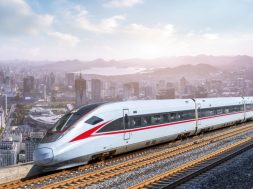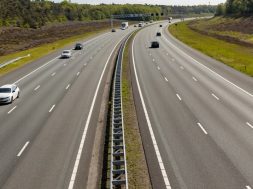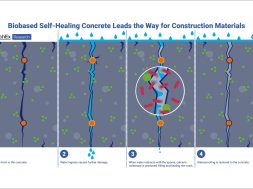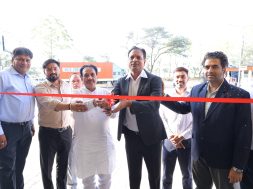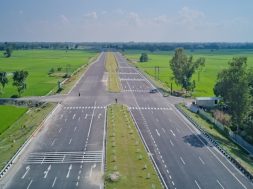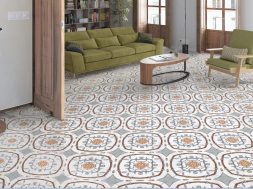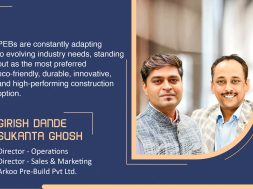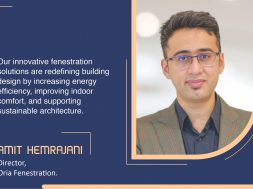The lack of knowledge on local energy potential is unfortunate
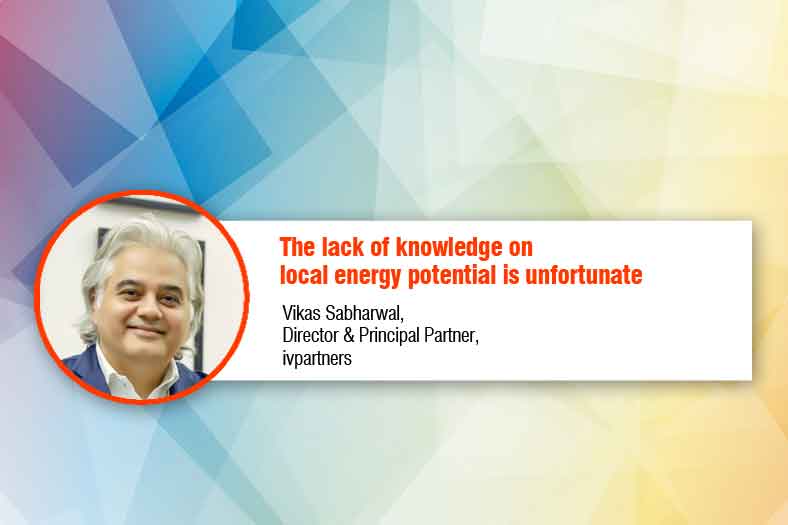
When it comes to energy efficiency, it is important to be aware of them and equally important to implement them says Vikas Sabharwal, Director & Principal Partner, ivpartners.
In the age of high rises is energy efficiency a challenge?
Construction of real estate space continues to grow at unprecedented rate with urbanisation of developing India. Buildings have significant energy and environmental footprint as the major metros grow their demand for high-rise apartment buildings continues to climb. Columns of high rises are becoming a more prominent feature of the cityscape. A wrong design strategy can lead to more energy consumption. In order to have high performance tall buildings, first there is a need to reduce the building’s demand for energy and the most straightforward approach is to design them in a way that reduces their appetite for consumption. The lack of knowledge on local energy potential is one of the factors that haunt energy efficiency’s prospects. Unless there is an integration of functions of urban local bodies and capacity enhancement of people responsible for implementation and monitoring, it shall continue to remain a challenge. Also, it’s vital to have a financial structure to support the energy efficient measures.
What are some of the most efficient ways to make a building energy efficient?
Energy efficient buildings whether newly constructed or renovated are designed to amplify reduction of the energy needed for heating and cooling, independently of the energy and of the equipment which will be chosen to heat or cool the building. Empathic design takes the long view beyond designing a single building.
Methods like passive solar design, the use of renewable energy resources, net zero energy building, carbon emission reduction, envelope environment quality, green materials, efficient mechanical design and innovative structural systems are basic ways to make a building energy efficient. For instance, in order to achieve net zero energy in a new high rise building, first, multiple green solutions need to be evaluated using passive solar design and renewable energy resources alongside efficient energy generators.
Do you desire any policy changes to encourage the use of energy efficient buildings?
Unless there’s integration of functions of urban local bodies (municipality, utility companies etc.) and capacity enhancement of individuals liable for implementation and monitoring, it shall still remain a challenge.
As architects and designers, it matters that we’re making informed choices that not only meet baseline performance criteria for durability and aesthetics, but environmental and human health impacts must carry equal weight. From the air we breathe and the water we drink to the people who construct and occupy the buildings we design, material transparency — much like food packaging nutrition labels — helps designers make responsible decisions to guard the health and well-being of individuals and therefore the planet.
The use of energy efficient buildings is the need of the hour as the design of tall buildings warrants a multidisciplinary approach and requires the integration of architectural components, structure, vertical transportation, fire safety, energy conservation, and communication systems.
During an ongoing construction, what measures can be taken to achieve energy efficiency?
We practice design with sensitivity to meet the challenges of the 21st century. Our work is integrated and holistic, balancing beauty with performance. As we create design solutions, we work as responsible stewards of our resources, communities and planet. Sustainability and high-performance design are a part of our culture.
Energy efficiency is typically driven by advancements in technology whereby equipment and energy consuming devices become more and more energy efficient and cheaper over time. A clear example of this is the proliferation of LED technology (Light emitting diodes). LED technology requires less power for an equivalent light output of traditional fluorescent and compact fluorescent lights (CFL).
Some other examples are lighting controls including timers and occupancy sensors, Building analytics software with programmable rules and alerts etc.
When it comes to energy efficiency in residential vis a vis commercial spaces, how does it differ?
An energy efficient building reduces maintenance and utility costs but in many cases it improves durability, lessens noise, increases comfort and creates a healthy and safe indoor environment.
In case of residential spaces, to design a residential home that would be 100 per cent sustainable for generations to come and seamlessly integrate into its ecosystem, producing more energy than it consumes, restoring habitat, saving and repurposing water and reusing waste pose a huge challenge. Likewise in commercial building the norms and regulations are similar but implementation is on a uniform scale. Hence forth the energy efficiency is maximised in them as the output automatically improves.
Kindly cite an example of a completed project which epitomises energy efficiency?
Before designing any new building, we research the characteristics of the site – prevailing climate conditions, infrastructure, ecology and surrounding neighbourhoods. Our goal is to create a symbiotic relationship with the existing ecosystem. Beauty of form, honesty of materials, scale and proportion are all important aspects of every design.
One of our projects that epitomises energy is Punjab Grill – a gourmet fine dining; located at BKC the coveted corporate hub of the city holds a vantage corner in the landmark Capital building. It is a sheer corollary of dynamic space design and well poised intricate elements that present the patrons of food with a regal dining experience from the land of magnificent Punjab.
Cookie Consent
We use cookies to personalize your experience. By continuing to visit this website you agree to our Terms & Conditions, Privacy Policy and Cookie Policy.
